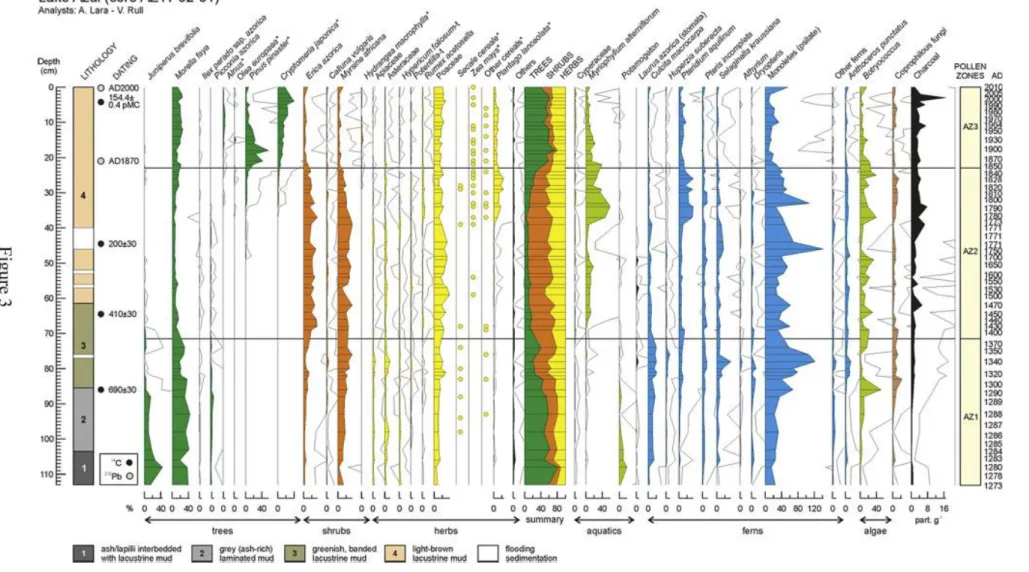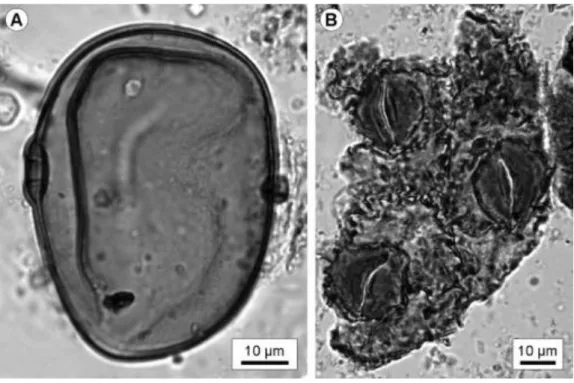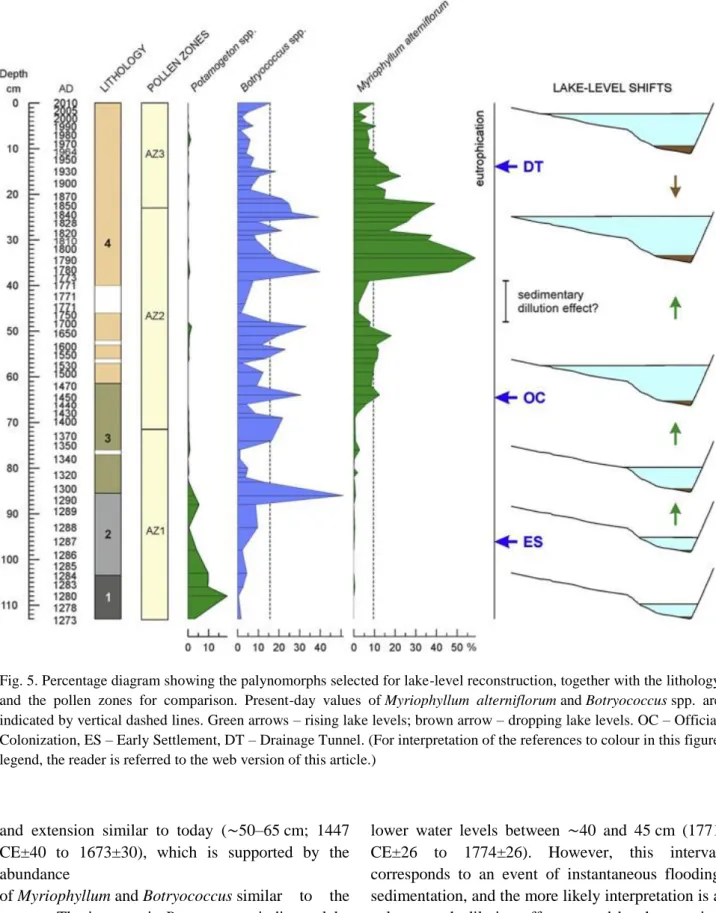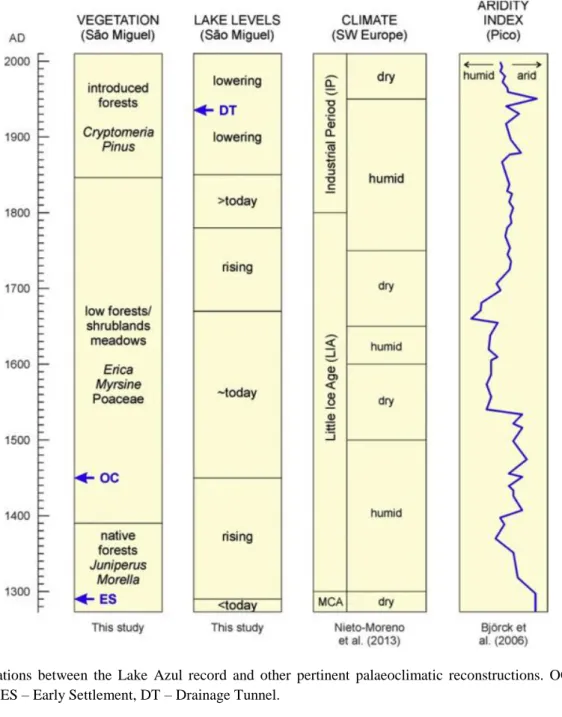TítuloVegetation and landscape dynamics under natural and anthropogenic forcing on the Azores Islands: A 700 year pollen record from the São Miguel Island
Texto completo
Figure




Documento similar
In the previous sections we have shown how astronomical alignments and solar hierophanies – with a common interest in the solstices − were substantiated in the
In practical terms, this means that when it comes the time to estimate the flow ratio, instead of observing the values of Figure 1, network managers aware of protocol shares in
The aims of this study were to use single-cell RNA sequencing (scRNA-seq) to map the transcriptional landscape and cellular dynamics of directed differentiation of human embryonic
Two cases are considered, the one for which the symplectic form on the torus is of integer cohomology class n (section 4.1), where full modular invariance is obtained only when the
In such a setting, Roberto Pane (1897-1987), one of the most prominent figures in the debate about the Italian Reconstruction and the relationship between landscape – whether
Thus, the aim of this study was to (i) determine the effect of the cover management techniques (grazing, mowing and tillage) on the floristic composition in the cover vegetation
MD simulations in this and previous work has allowed us to propose a relation between the nature of the interactions at the interface and the observed properties of nanofluids:
Using natural capital data from the World Bank and Enhanced Vegetation Index (EVI) data from the Earth Observatory, it is shown that the model is consistent with the

